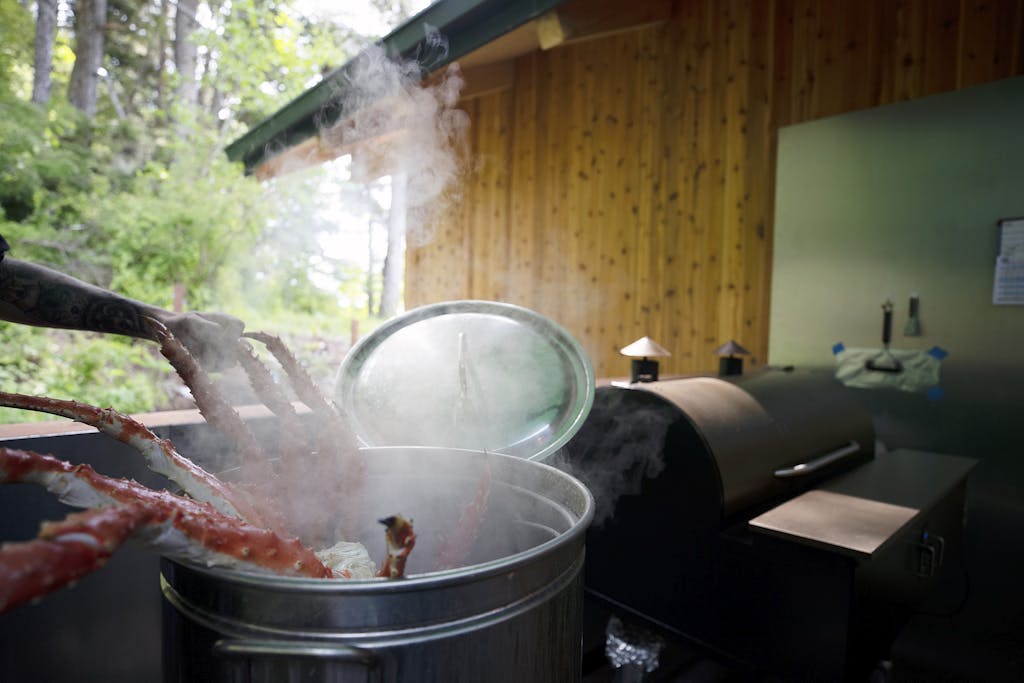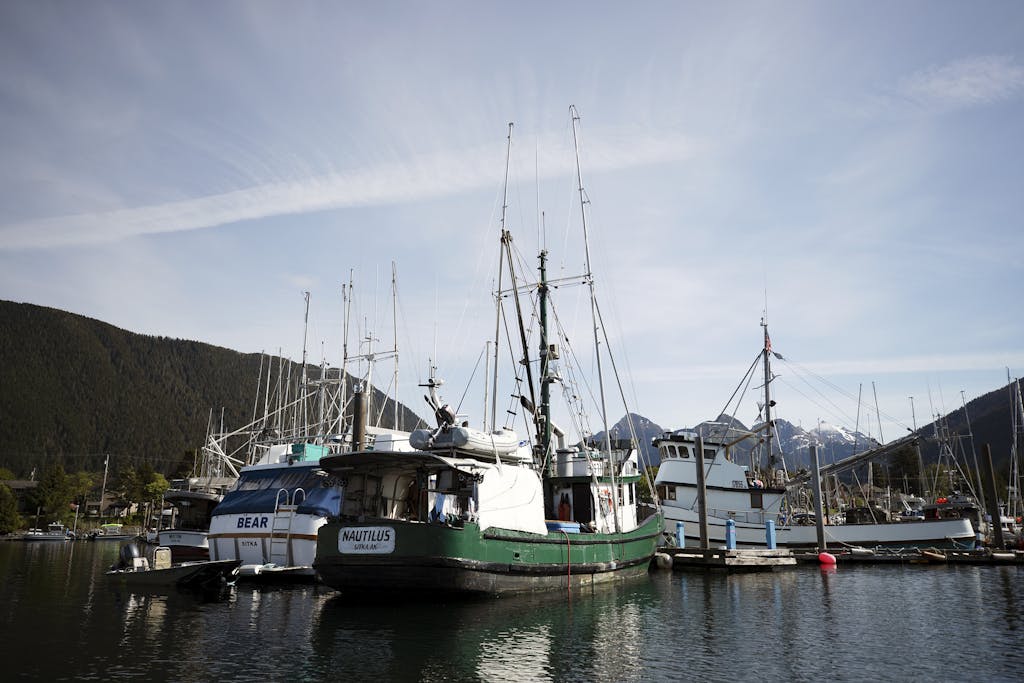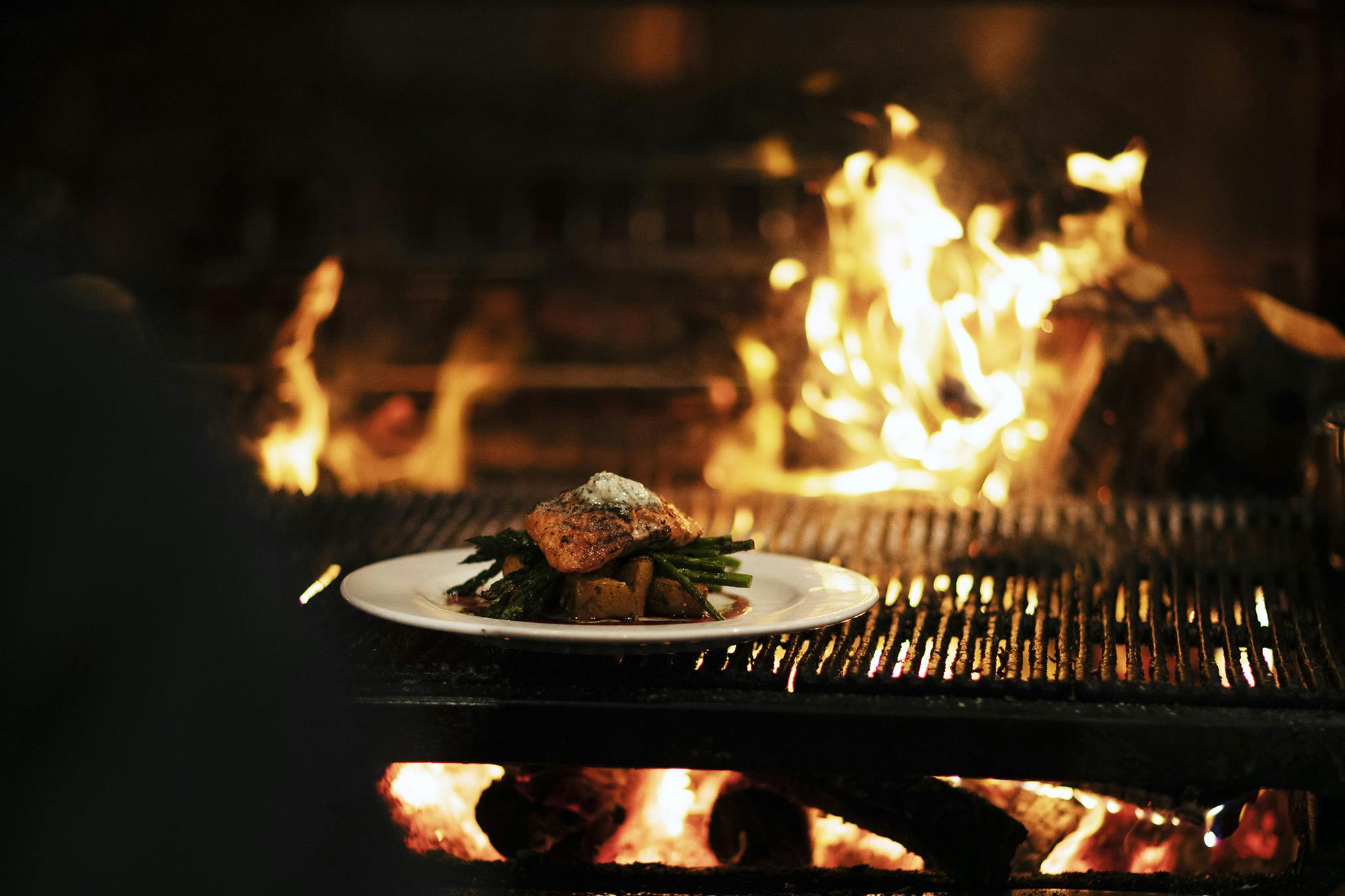Last Frontier: Why Alaska Is the Perfect Culinary-Focused Travel Destination
With some of the healthiest, most varied and most sustainable fisheries on the planet, seafood in Alaska is one of the state’s greatest treasures. Some of the state’s most popular fish thrive in its vast number of oceans, lakes, rivers and other bodies of water. Foodie travel visitors have ample opportunity to sample local specialties like char, Pacific herring, halibut, salmon, black rockfish, pollock, shrimp, clams, octopus, white sturgeon and many types of whitefish and king crab, to name just a few. But why is Alaska, in particular, the ultimate destination for a seafood enthusiast?
“Alaska State Constitution is a great starting place [to talk about Alaskan seafood]. Resources, including salmon resources, are managed for maximum sustainable yield,” explains Annalee Narwold-Ladd, the program manager for Copper River Salmon. Copper River Salmon is a rural fishing collective based in the tiny rural fishing town of Cordova. It’s centered around coho, sockeye and king salmon fished from the nearby nutrient-rich Copper River Delta, which is adjacent to the Prince William Sound.

Seafood from Alaska
Requiring fisheries to manage their wild stock for sustainable yield is unique, not just when considering the United States, but also other significant fisheries across the world. It means that both corporations and private citizens have a responsibility to watch out for pollution, overfishing and any other detrimental forces that could negatively impact the state’s fish population. Not only does this preserve the industry for generations to come, but it also helps to ensure high-quality seafood.
In Cordova and other fishing towns like it, this means grassroots efforts work in conjunction with the Alaska Department of Fish and Game. The office manages all fisheries, not just with salmon, to ensure abundant future stocks. Fishing is limited via time and location.
Another state law that makes Alaskan catch some of the best available is that regulating the use of fish farms, or aquaculture. At present, farming is allowed for shellfish and seaweed, only. All other types of aquaculture are prohibited, which means that the rest of the state’s fish is entirely wild-caught. These laws are essential for two reasons: one, it means that the risk of farmed fish escaping and destroying the wild stock is eliminated. Two, it keeps supply and demand in constant symbiosis, ensuring that the market isn’t flooded with farmed fish, causing prices to drop and a collapse in the market.

The cultural imperative to preserve natural resources
Apart from government intervention, fishing is often a family affair in Alaska and is also a cornerstone of the state’s sizable native population. In fishing communities, the craft is handed down through generations and not only sustains families but the communities, their economies and all living beings in it, as well. There’s a strong cultural imperative to preserve one of the state’s most vibrant natural resources — one that doesn’t exist in other places where fisheries are more detached from the people who live by them.
Keeping stocks sustainable and catching wild-caught fish isn’t just right for the economy and environment, it’s a boon for taste and nutrition, too. Farmed seafood will always be nutrient deficit compared with wild-caught fish (shellfish is an exception). It’s practically impossible for farmers to reproduce the variety of things fish eat in the wild that give wild-caught seafood its high-nutritional value and unique taste. Overall, wild-caught fish is leaner in fat content, producing more versatile, vibrant and true-to-the-fish colors and flavors. Wild-caught seafood also requires a higher level of expertise when cooking, due to its lower fat content relative to farmed fish. It’s even harder to overcook fatty fish, which can mean the cook can get away with a lack of talent or technique.

Feasting on Alaska’s bounty
When eating seafood in Alaska, a few dishes are classic to the state’s cuisine. They should prove easy to find, depending on the season. Salmon grilled on a cedar plank with fresh herbs and a generous squeeze of lemon is almost a given in any port of call. Pan-seared halibut is another ideal preparation, often with white wine, lemon and garlic. King crab season means one thing and one thing only: giant crab legs slathered in butter. It’s a foodie travel visitor’s’ dream. There is hardly greater decadence to be found than the abundance provided during Alaska’s king crab season. Black rockfish shines in fish and chips preparations, and steamed clams make an excellent accompaniment to any Alaskan seafood spread.

The state’s commitment to the health and quality of its fisheries endures during a difficult time for the world’s fisheries. Thanks to Alaska’s unique combination of cultural traditions, laws and natural abundance, there is genuinely nowhere better on earth for seafood lovers to visit than Alaska.
